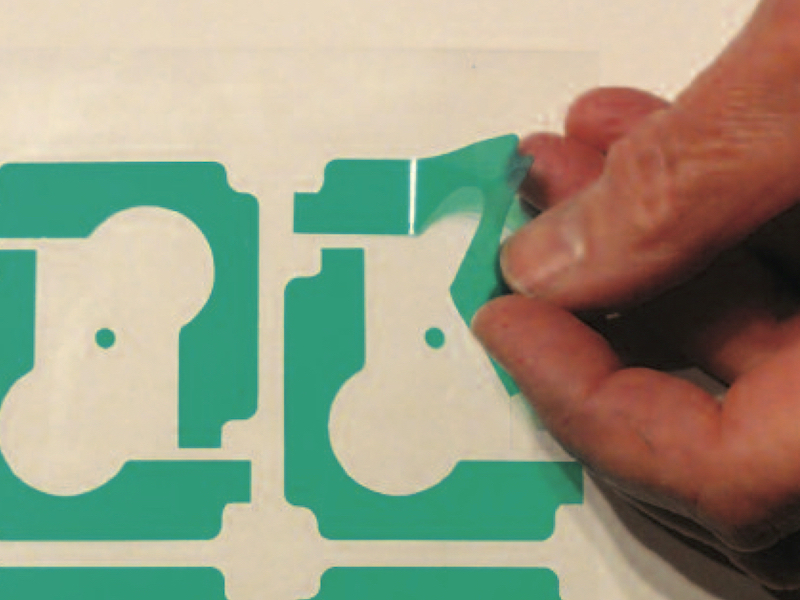Masking is generally an afterthought and it’s rare we allocate time in the production cycle for masking parts. So it should be no surprise when the masking becomes the bottleneck and is blamed for slow production and inconsistent product.
Most paint or powder shops have a bench in the corner that is the masking area. Typically it’s full of numerous adhesive tapes, scalpels, knives, cutting boards, hammers and punches. When a job needs masking it’s taken to the bench and masking tape is punched, cut, torn and then applied to the part and cut to shape with a knife. This whole masking process can take a number of hours depending on the complexity and quantity of parts to be masked and as this process is done by hand, each masked part may be slightly different.
Eliminate Hours of Manual Labor
There is a better way. Good masks can be produced effectively and can incorporate a range of features that will reduce your masking time and bring consistency to your process and final product.
For anyone who wants to eliminate those hours spent hand punching adhesive tape or trimming around parts with knives, the solution is available now in the form of die cut masks from your masking supply company.
Die cut masks are pre-cut adhesive shapes that can be removed from the roll and stuck on the part. They can be manufactured from the same types of tape that you are using now and can be supplied in a format and quantity to suit your production needs. Die cut masks will reduce your overall masking time and bring consistency to your painted products.
Fast Turnaround
All the major masking and protection companies can supply die cut masks for you. In some cases there is no tooling charge and with today’s technology they can be turned around quickly. Most masking supply companies carry a range of standard shapes such as discs, rectangles and squares cut from their most common masking tapes. But they are also capable of producing custom shapes and sizes to suit your needs.
Die cut masks can have a number of features that will increase the efficiency of both mask application and removal. Features such as tabs on the masks to help removal can save a tremendous amount of time; no more pushing a knife under the mask and scratching the painted surface or damaging the part as you remove the mask. Alignment marks can be put onto the masks to ensure the masked area is correctly spaced around a feature. Die cut masks can be designed to incorporate Poka-yoke to ensure the correct areas or elements are masked. For parts where a lot of areas need to be masked, die cut masks can be supplied in kit form, so the masker can be sure the component is masked correctly once all of the masks have been used. Those die cut kits can be laid out to be in the same orientation as the part and be identified with part numbers or work instruction details.
With the help of die cut masks there is no reason why you can’t reduce your process cycle time whilst increasing the quality and consistency of your final product.
Caplugs' John Gill is an expert in molded rubber products, adhesive tapes, die cuts and converting equipment. Visit caplugs.com and johngill.com



































